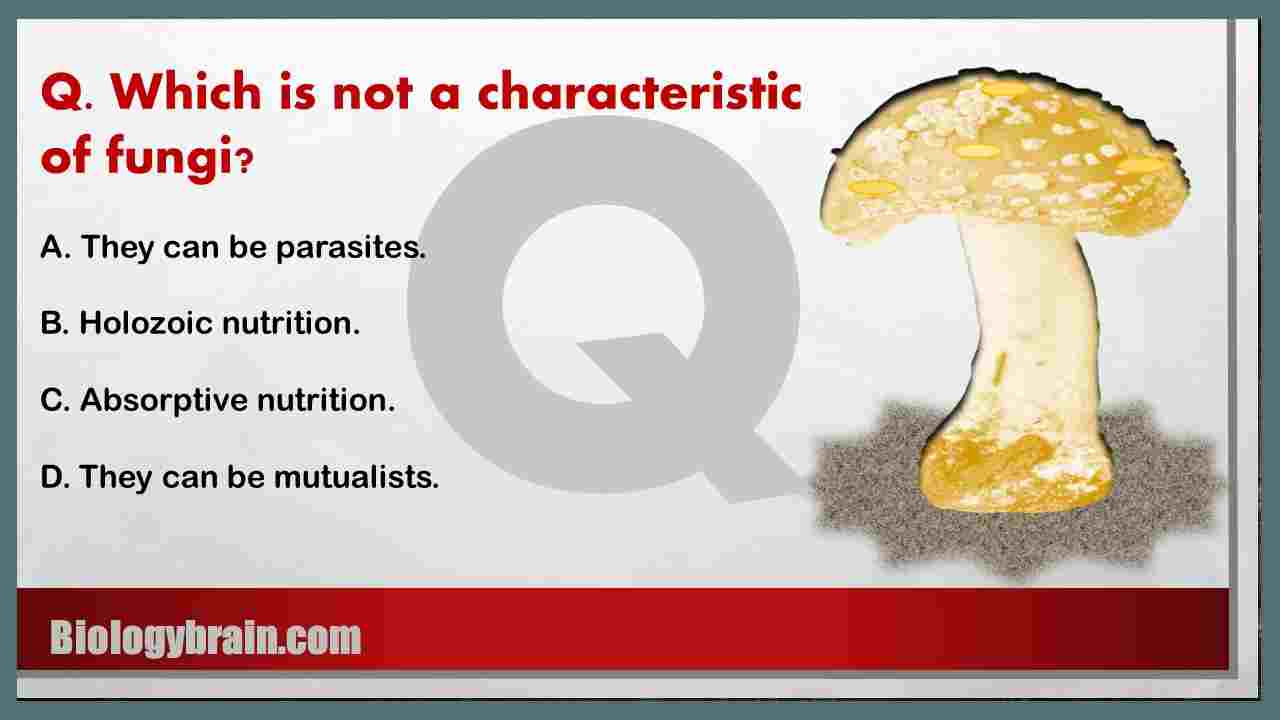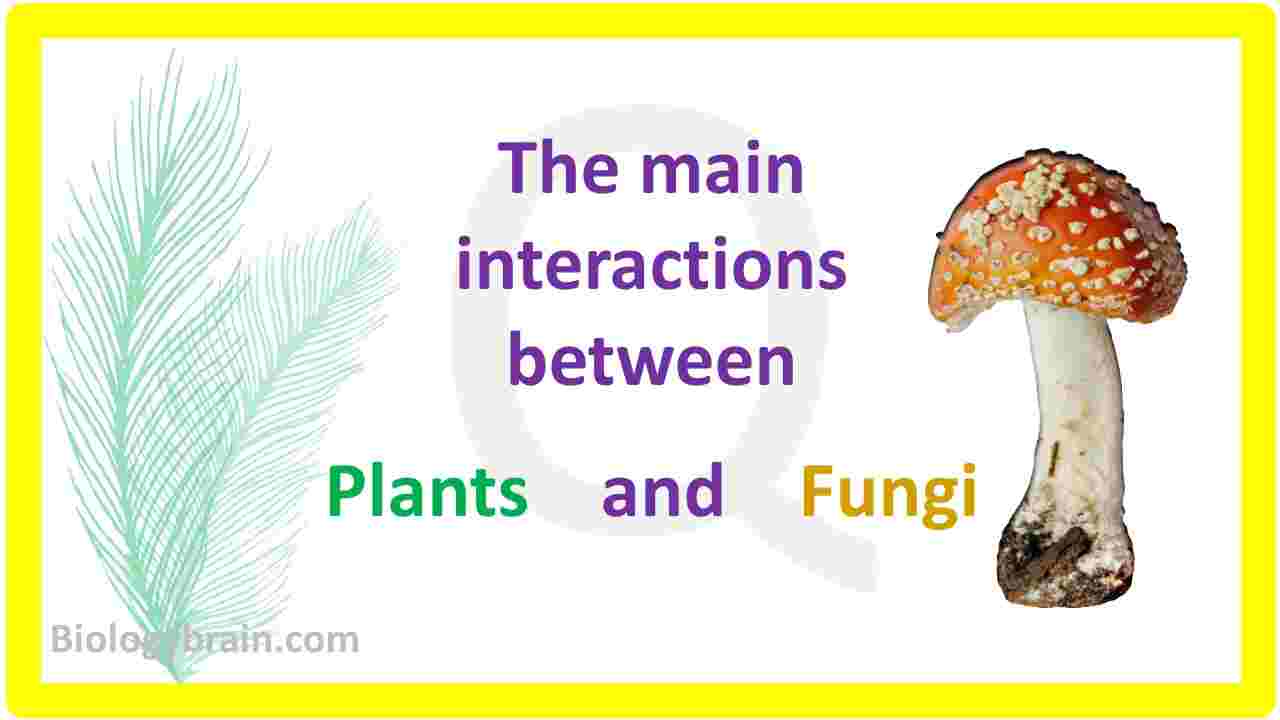DNA replication is a process by which the genetic information stored in chromosomal DNA is transmitted from one generation to successive generations. Proper development of -organisms of succeeding generation can only be achieved by accurate chromosomal DNA replication.
Accurate replication conserves the genetic information stored in the chromosomes and that information is crucial to cell propagation. The replication process provides two copies of the entire genome for faithful distribution into each daughter cell. Theoretically, there are three possible models of DNA replications.
However, finding the accurate model of DNA replication, which can conserve the genetic information in the living cellS is crucial for understanding the genome transformation and genetic variations.
Theoretically, the three DNA replication models are possible…
1) Conservative DNA replication model
2) Semiconservative DNA replication model
3) Dispersive DNA replication model
1) Conservative DNA replication model
In this mechanism of replication, the two parental DNA strands become a single daughter DNA molecule and the second daughter DNA molecule will have 2 newly synthesized DNA strands.
In conservative mechanisms, no hybrid DNA that contains parental DNA strand and newly synthesized DNA strand will be generated.
We can assume that the conservative mechanism is similar to creating a photocopy in which one copy always remains as original and another copy will be duplicated. This mechanism cannot lose the originality of the DNA molecule.
2) Semiconservative DNA replication model
In the semiconservative mechanism, after replication, each of the daughter DNA molecules contains a both parental DNA strand and a newly synthesized DNA strand.
From this mechanism, the produced daughter DNA always remains as a hybrid molecule having one strand of parental DNA and another strand will be newly synthesized.
Since the parental DNA strand is always joined with the newly synthesized strand, the immediate proofreading activity can correct the newly synthesized strand after the DNA replication, based on the nucleotide sequence present in a parental strand (template strand).
After DNA replication, the parental strand can be easily recognized based on the methylation of nucleotides, as there is no methylation of nucleotides in the newly synthesized strand.
Hence, the immediate proofreading will take place only on newly synthesized unmethylated DNA strands.
3) Dispersive DNA replication model
In dispersive mechanism, the parental DNA strands are fragmented and they combine with the newly synthesized segments to generate DNA duplexes, in which each strand is a hybrid of the parental segment and newly formed segment.
In this mechanism, whatever the DNA molecules formed will be a hybrid DNA molecule.
The major considering limitation of the dispersive mechanism is the complete loss of sequential genetic information due to the fragmentation of total DNA molecules.
Note: Among all the three theoretically possible models, only the semiconservative mechanism was experimentally proved as the mechanism of DNA replication in all living organisms, in which the methylation process distinguishes the parental strand from newly synthesized strands that benefit the proofreading process without any ambiguity and loss of conserved genetic information.
Meselson-Stahl experiment
Meselson and Stahl used E-coli as an experimental organism and they used two different types of nitrogen isotopes (14N- lighter and 15N- heavier) for their incorporation into the nucleotides during the replication in the experimental organism.
In their experiment, as the source of nitrogen, they have used 14N ammonium chloride and 15N ammonium chloride in the bacterial growth medium.
This experimental technique was performed by isopycnic density gradient centrifugation using cesium chloride.
Experimental procedure
Initially, they grew the E. coli cells in a 15N ammonium-supplemented medium.
After several generations of growth in a 15N medium, the bacterial cells were transferred to a medium supplemented with only 14N ammonium chloride as a nitrogen source.
They extracted the DNA after each generation in a 14N medium and subjected the obtained DNA to isopycnic density gradient centrifugation to find out the status of different forms of DNA with respective densities.
The density difference in the isotope mass allows the separation of DNA molecules with different densities in the density gradient centrifugation.
Results of the experiment
1. First generation
After one generation in14N medium, they found only a single band in a centrifuge tube.
The formation of the only single band corresponding to the hybrid DNA band was strictly ruled out the possibility of the conservative mechanism. Because, if the DNA replication occurs by conservative mechanism, then there should be two bands corresponding to one heavy DNA band and one light DNA band after only one generation.
The formation of a single band corresponding to hybrid DNA after one generation in a 14N medium can be due to semiconservative or dispersive mechanism.
Note: Results of the first-generation ruled out the possibility of the conservative mechanism but not ruled out the possibilities of semiconservative and dispersive mechanisms.
2. Second generation
After two generations in14N medium, they found two bands in a centrifuge tube.
The formation of two bands corresponding to heavy DNA and light DNA band after two generations of growth, which ruled out the possibility of the dispersive mechanism. Because, if the DNA replication occurs by dispersive mechanism then there should be only one band corresponding to one hybrid DNA.
Note: The result of second-generation ruled out the possibility of dispersive replication mechanism. After completion of second and third generations in 14N medium, the formation of two bands corresponding to light DNA and hybrid DNA, which provides strong evidence for DNA replication is strictly by Semiconservative mechanism.
Frequently asked question
Q. Which model best resembles the nature of DNA replication?
Answer: Semiconservative Mechanism
Q. The primary difference between conservative and semiconservative dna replication models is that
Answer: In conservative mechanisms, no hybrid DNA that posses parental DNA strand and newly synthesized DNA strand will be generated. In semiconservative mechanisms, the synthesised daughter DNA always remains as a hybrid molecule having one parental DNA strand and another strand will be newly synthesized.










